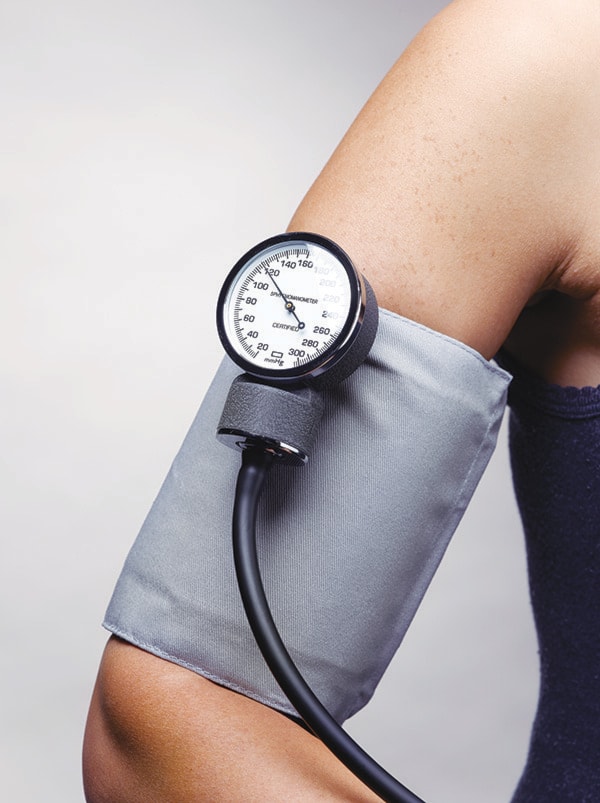Acommon occurrence that is happening in doctor’s offices all around North America more and more these days may look familiar to many.
At the last medical check-up, the physician mentions that blood work shows ‘borderline diabetes’ and it is suggested to lose some of that extra weight.
Although the word ‘diabetes’ evokes a bit of a shocked reaction, those years of sedentary work, eating convenience fast food too often, drinking some beer after work and that gradual weight gain twigs a certain sense of realization that this news was bound to come down the pipes eventually. Especially, remembering that it runs in the family.
‘Borderline’ sounds like a bullet may have been dodged and dietary adjustments aren’t really needed, since diabetes medications or needles for treatment are not required. Yet, instead, this news should be taken as a serious wake-up call and warning of a lifestyle disease that may take fifteen to twenty years off the end of life. The course of which could still be altered for a better outcome with small adjustments to daily living.
Along with elevated blood sugar (‘borderline diabetes’ as some refer to this state), the growing ‘spare tire’ around the middle, higher than normal blood pressure readings and cholesterol abnormalities points to a condition known as “metabolic syndrome”.
Identified as a medical condition less than thirty years ago, metabolic syndrome affects more than 47 million North Americans and one in six people. Metabolic Syndrome is not a disease in itself, but is a cluster or group of risk factors that once combined double the risk of blood vessel disease, heart disease, which can lead to heart attacks, strokes and increase risk of developing diabetes by five times. It may soon overtake smoking as the leading cause of heart disease worldwide.
The National Heart, Lung and Blood Institute indicate that a diagnosis of Metabolic Syndrome requires at least two of the following risk factors, in addition to abdominal obesity. Any two of the following risk factors include; elevated Triglycerides, high blood pressure (or on medications for blood pressure), low HDL cholesterol (High Density Lipoprotein), and/or increased fasting blood sugar.
As metabolic syndrome has many lifestyle causes, chances of developing metabolic syndrome increase with a sedentary, inactive lifestyle, eating lots of processed foods, having insulin resistance (body doesn’t use insulin properly), and hormonal imbalances. Family history, ethnicity/race and increasing age are also risk factors, but are not within an individual’s control to change. There is still time to improve health through daily lifestyle changes. The main goal of treatment is to reduce the risk of coronary artery disease and diabetes development. Moving more can improve many of the risk factors for metabolic syndrome, including lowering blood sugar levels, improving blood cholesterol, reducing insulin resistance, lowering blood pressure, which can all help to support heart function. Making dietary adjustments to help lose extra fat around the middle will lower bad cholesterol levels and reduce all of the risk factors for metabolic syndrome. Identifying dietary pitfalls, such as overeating at meal times, evening snacking, overindulging in sweet or salty food cravings, including highly processed convenience and fast foods often will help to pin point areas for improvements to address for change. Quitting smoking is critical.
Walking daily or swimming and/or cycling and joining programs or drop-in sports can all be ways to improve exercise tolerance gradually without injury. Gentle weight-bearing activity can also help with improving muscle strength for better metabolism. Yoga, dancing, Zumba, Pilates and Tai Chi will all help improve balance and flexibility.
There is a comparison about the term ‘borderline diabetes’. Like pregnancy, a person is either pregnant or not pregnant and the same goes for diabetes, there is no ‘borderline’ diabetes.
Take this occurrence at the physician’s office as an opportunity to ask questions and start on a journey of improving health through lifestyle changes. There is a lot of support in the community to assist in the journey of better health and quality of life.
Sandra Gentleman is a registered dietitian and steward of Canal Beach.
